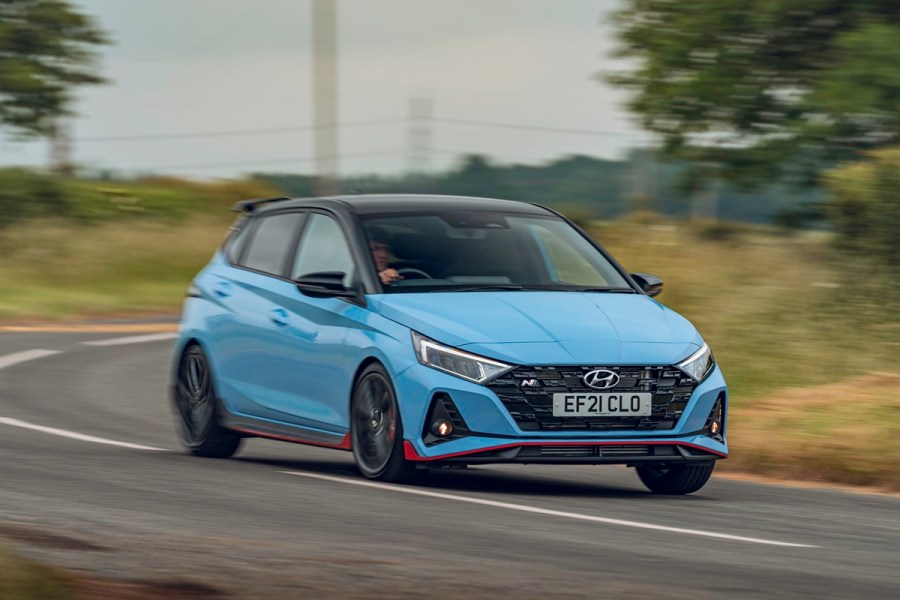The Korean brand’s smallest hot hatch is an epic car as standard, but this Hyundai i20N tuning guide will show you how to make it even better.
Introduced in late 2020, the i20N is the latest in the ‘N’ range of hot Hyundais, and thanks to Hyundai using the i20N as the basis of its Rally1 and Rally2 WRC cars, it has the potential to become the most iconic and memorable one in the future.
With a 201 horsepower 1.6-liter turbocharged engine, 6-speed manual gearbox, and a lightweight 1190kg kerb weight, the factory figures are 0-60mph in 6.2 seconds and a 143mph top speed. In reality though, many people say these are conservative numbers and it’s actually even quicker. The i20N’s engine has a very wide power band too, partly thanks to the clever CVVD (Continuously Variable Valve Duration) system the engine features, which is something that could have huge potential when it comes to engine tuning in the future.
These cars are not solely about their engine though, far from it. The Hyundai i20N is a true all-round hot hatch, with a stiff chassis, limited slip differential, and brakes and suspension specifically designed for hard driving.
While these cars are still very new, so there’s less parts currently available in comparison to more established cars, there’s still plenty of great parts out there already and massive potential for the future of the i20N tuning scene.
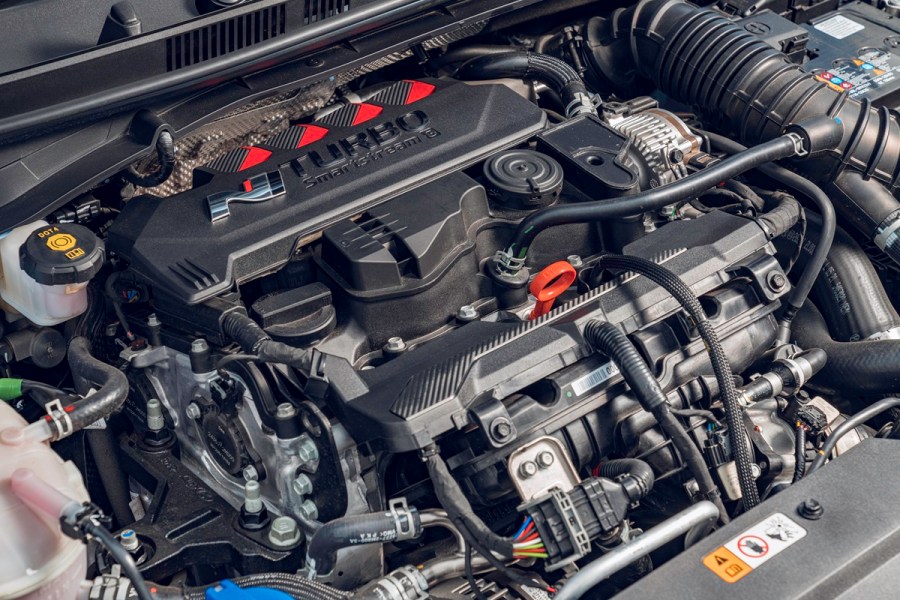
Engine
The engine is the new Smartstream G engine, coded G4FP, and is a direct injection 1.6-liter turbo that makes over 200 horsepower from the factory. While road car tuning for these vehicles is still in its infancy, the Rally1 and Rally2 WRC cars have engines based closely on this, clearly hinting at their massive potential.
The main sticking point at the moment is, at the time of writing at least, nobody has cracked the factory ECU, meaning that right now there’s no way to directly remap it. Many companies are working on it though, so we doubt it will be long until it’s possible. In the meantime, one option is a plug-in tuning box, which already has been shown to increase power by 20-30 horsepower. Of course, a full aftermarket engine management setup solves all these issues, and it’s exactly what the rally cars have fitted, but that’s a very expensive option.
Even without a remapped ECU there are gains to be had by making the engine more efficient with a better intake, exhaust, intercooler, and so on, all of which have proven gains.
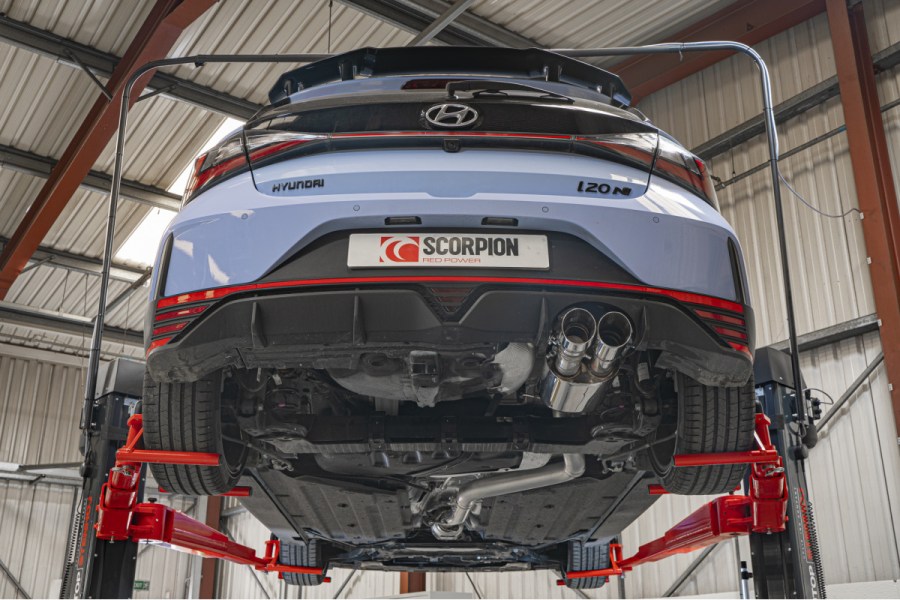
Intake and exhaust
For an exhaust, 3inch turbo-back systems already exist from Scorpion and others, including de-cat and GPF delete pipes. Plus, while minor gains have been recorded so far, with the increased power that remapped ECUs will bring, the exhausts will become vital for serious power increases.
On the intake side of things, Forge Motorsport have you covered with an induction kit and high-flow intake pipe which, while only adding 6 horsepower at maximum rpm on the dyno, also increased torque by 20nm at 2400rpm. Evidently, the kit clearly helps the turbo respond faster, and with increased boost once remapping is possible, the gains will be magnified further still.
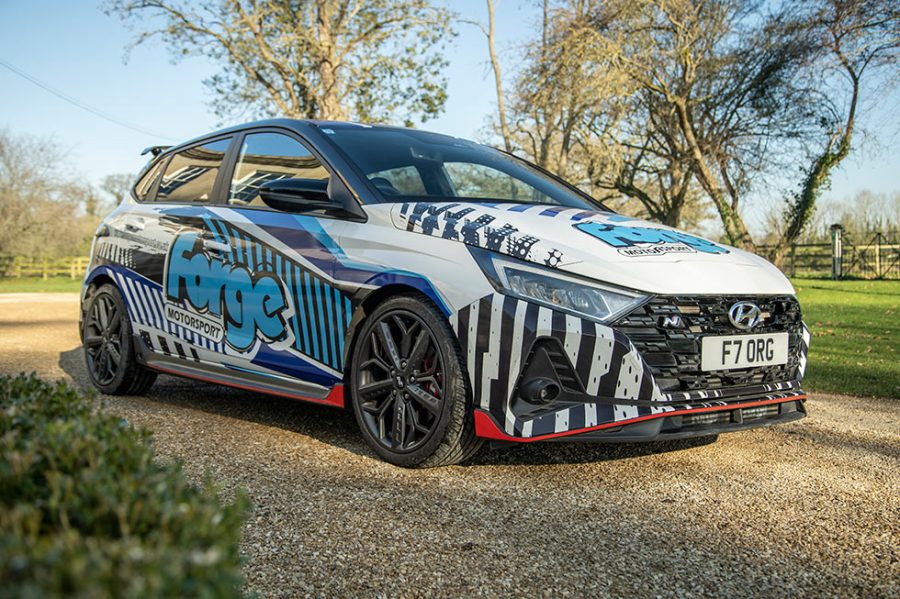
Forced induction
The Forge uprated intercooler kit also had big gains on the dyno, dropping inlet temps by over 30%, and adding 11 horsepower at peak rpm. At peak torque, the power jumped up by a massive 25 horsepower, showing the standard intercooler doesn’t cope well at all even on a standard car, making this a great upgrade.
When it comes to turbo upgrades, we have seen a few offering bolt-on hybrids with larger compressor wheels already, but as of yet with no way to map these cars and no real info on the limits of the factory turbocharger, these shouldn’t be high on your wish list yet.
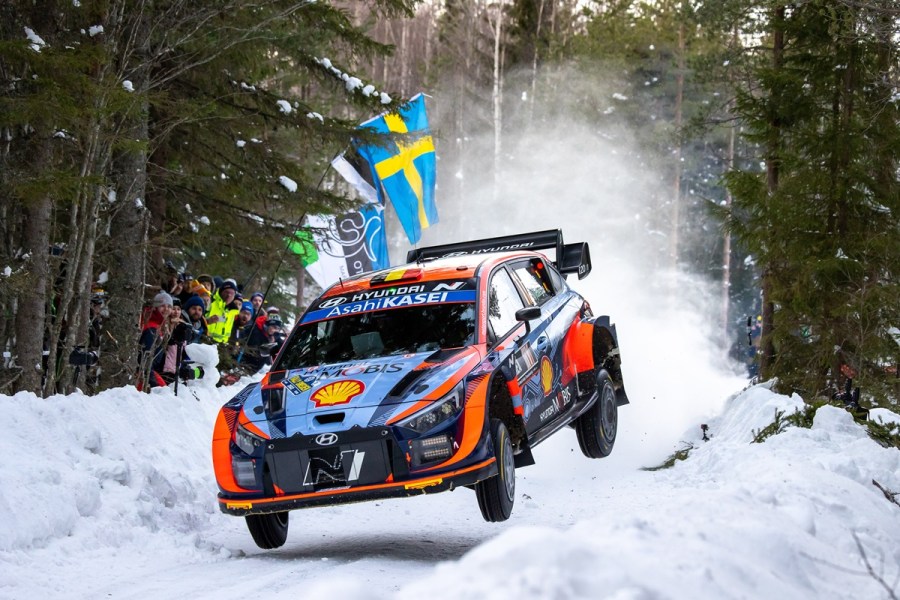
What next?
So what if you want to push it further? Well this is where things currently get very incredibly expensive. First up is the need for an aftermarket ECU so you can actually have control over the engine, and that will need to be a relatively high-end one too as it needs to be capable of controlling direct injection. Secondly, outside of genuine Rally1 and Rally2 WRC parts, any parts you choose to use will be fully custom, making things very difficult. On the bright side, from what few pics that we can find, even the Rally1 and Rally2 Evo5-onwards engines look like they use the factory i20N inlet manifold, so that must be pretty good at least…!
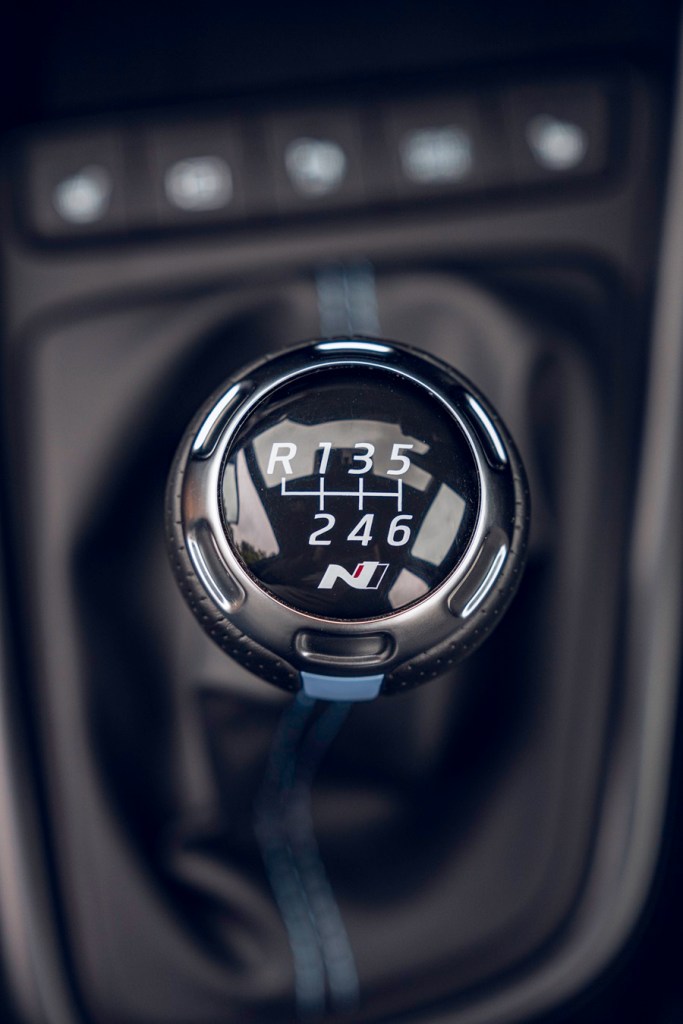
Transmission
With a slick 6-speed gearbox fitted with a Torsen limited slip differential as standard, the i20N isn’t desperate for transmission upgrades, but that’s not to say things can’t be improved.
A quickshift kit is available, making the gear shift shorter and more direct for very little cost, and for more substantial improvements Xtreme Clutch do an uprated clutch and lightweight flywheel kit rated at up to 660nm of torque; ideal for hard-used and well-tuned i20Ns.
Want to go further? Well the Rally1 and Rally2 versions are all-wheel drive with a full-on race spec transmission, so the potential is there if you can afford it.
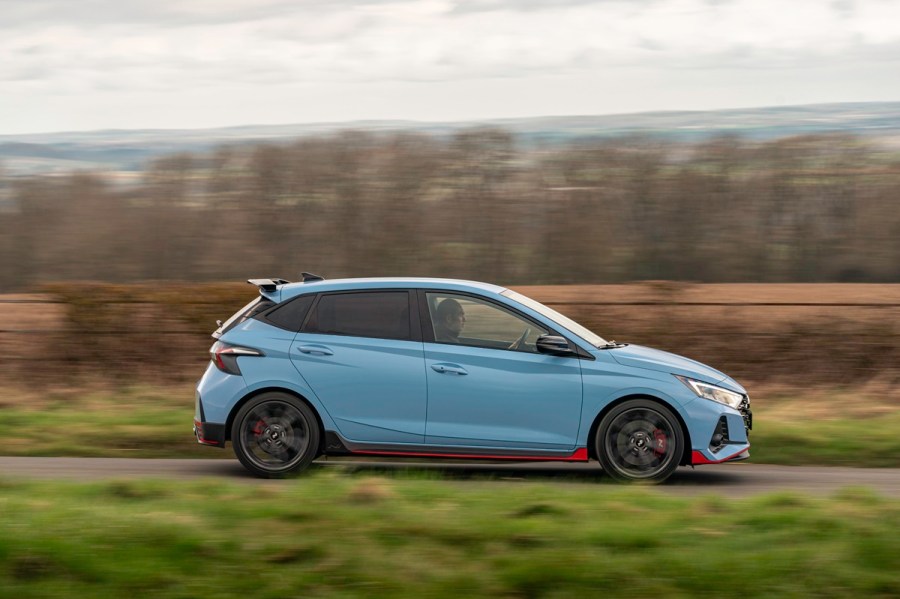
Suspension
The i20N is a true hot hatch in the traditional sense of the word, super agile with a suspension setup made very much for performance, but there’s always a compromise on a production car, and thankfully there are upgrades to fix that.
H&R and Eibach do lowering springs should you want a simple ride height drop, rated at 30mm all round and 20mm(f)/15mm(r) respectively, and if you want to get a little more serious, KW have produced one of their V3 coilover kits for the i20.
To stiffen things up a little further, Powerflex have uprated ARB and torque mount bushes available, with no doubt the full bush kit on the way.
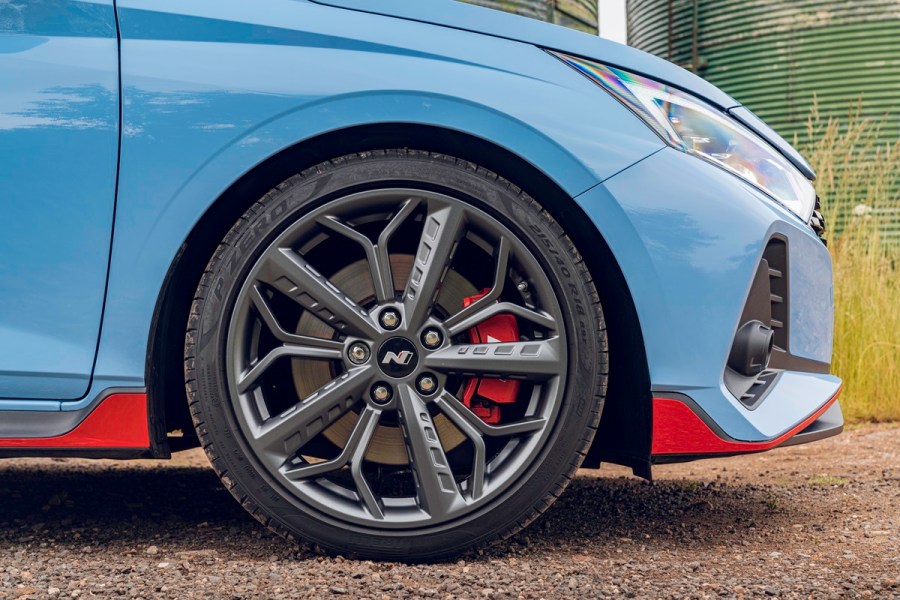
Wheels, brakes and tires
With a 5×114.3 PCD like the majority of Japanese performance cars, wheel choice is huge for the i20N, and with their use in the World Rally Championship, rally style wheels are understandably popular upgrades. The factory wheels are 7.5×18 ET53 with a 215/40×18 tire. A popular aftermarket size to use is 8×18 ET45 with 225/40×18 tires. Some have managed offsets as low as ET40 and 235 wide tires on the standard arches, but that is getting very close to the limit. If light weight is your number one goal, you can actually drop a size and run 17in wheels as long as you use a good performance orientated wheel with good brake clearance.
The factory front brakes are pretty big for such a small car at 320mm, but there’s still plenty of room for improvement, especially if you plan to use your i20N hard on track.
EBC and Tarox have uprated standard size discs and pads available for the car, and braided brake lines are available too for improved pedal feel.
For a more substantial upgrade, V-Maxx have an off the shelf 330mm big brake kit with 4pot calipers, and we’ve also already seen custom big brake kits on these cars using both AP Racing and Brembo calipers.
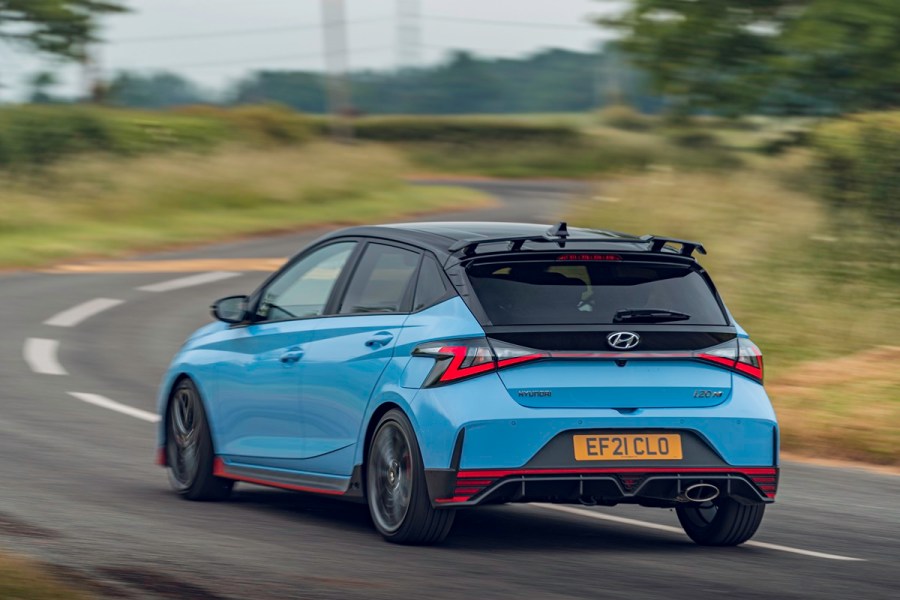
Body/Exterior
Currently the only off-the-shelf exterior mods for the i20N are various parts from Maxton, such as side skirt and rear spoilers extensions, front splitters, and rear diffusers. But, if you really wanted to go extreme then there is a couple of options. Wild bodykits for these cars already exist in the form of the awesome wide body Rally2 kit, or the absolutely insane Rally1 WRC kit. Unfortunately being genuine and new motorsport parts, prices are in the range of “If you have to ask, you can’t afford it!”.
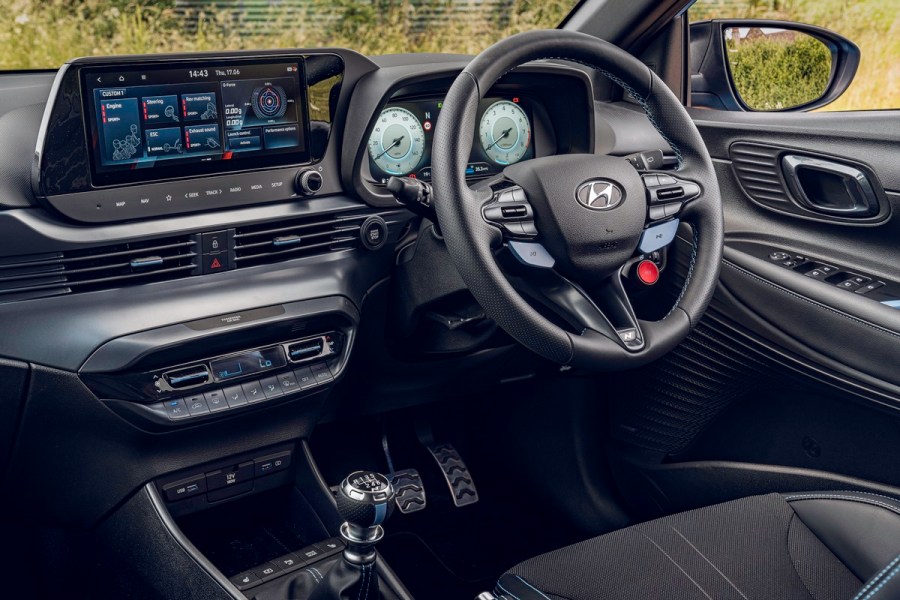
Chassis/Interior
As a road going hot hatch, the factory interior is great, with good looks and supportive seats, but for more hardcore use the usual track and race mods apply. Partially or fully stripping the interior can save significant amounts of weight, and fitting fixed bucket seats both massively increase support when cornering and give a significant weight saving. SW Motorsports already produce ultra-low side mounts for bucket seats including sliders, making upgrading the front seats an easy task. Changing the steering wheel to a lightweight aftermarket item is an option, but due to the amount of steering wheel mounted controls on these cars, which would either no longer be usable or somehow relocated, that is quite a committed option.
Of course, for a full track or race car a rollcage is the way to go, and while you could go for a full-on rally-spec cage, SW Motorsports produce a bolt-in rear cage for the i20N which is perfect for track day and fast road use.
Need a bit more cabin space? Try our tuning guide for the i30N instead.

